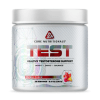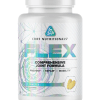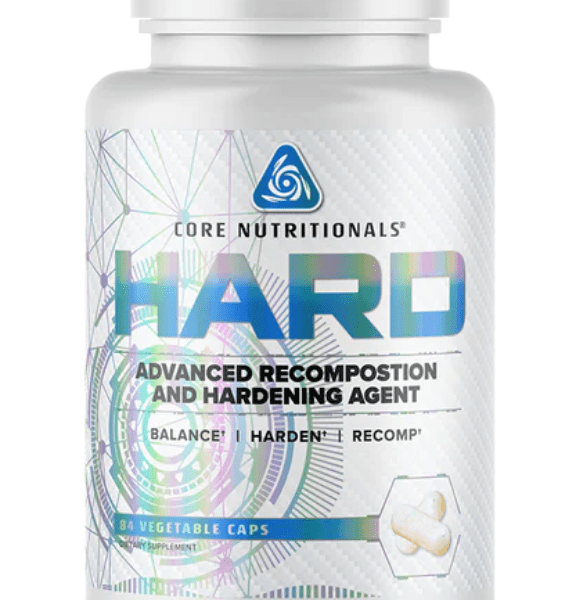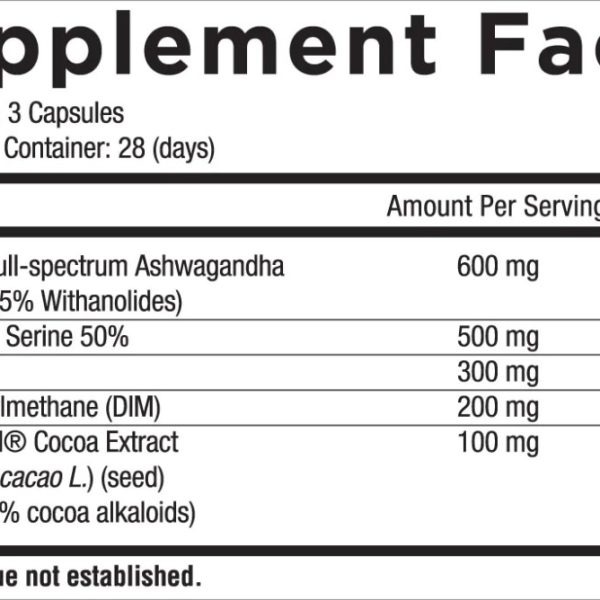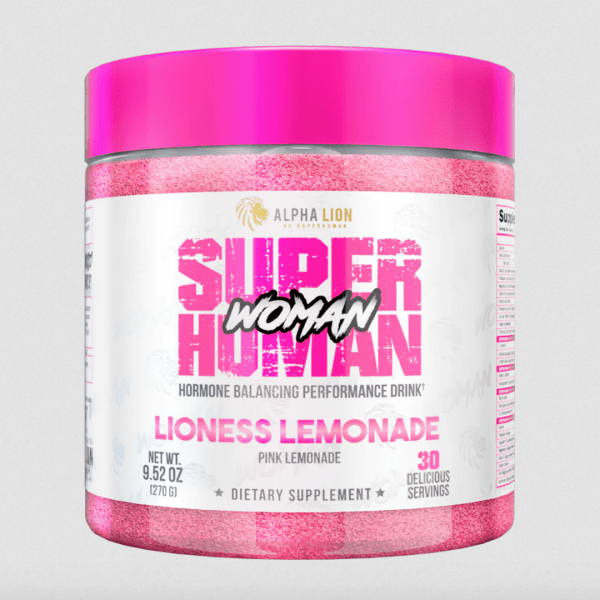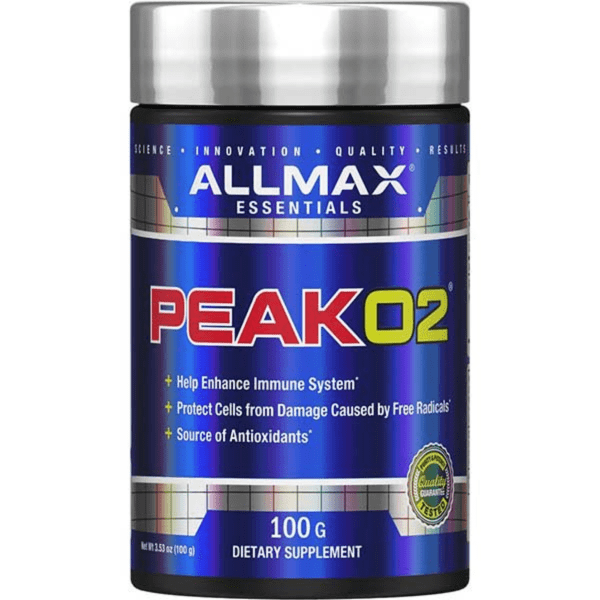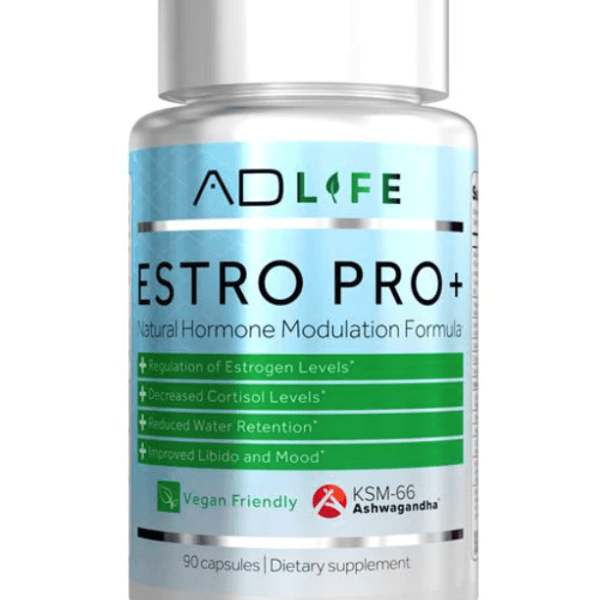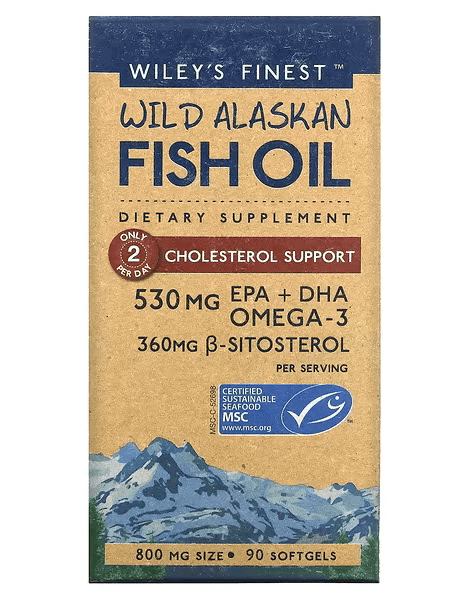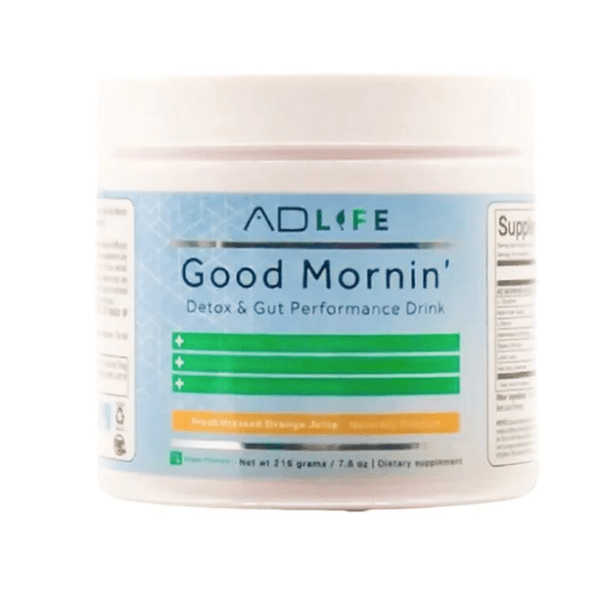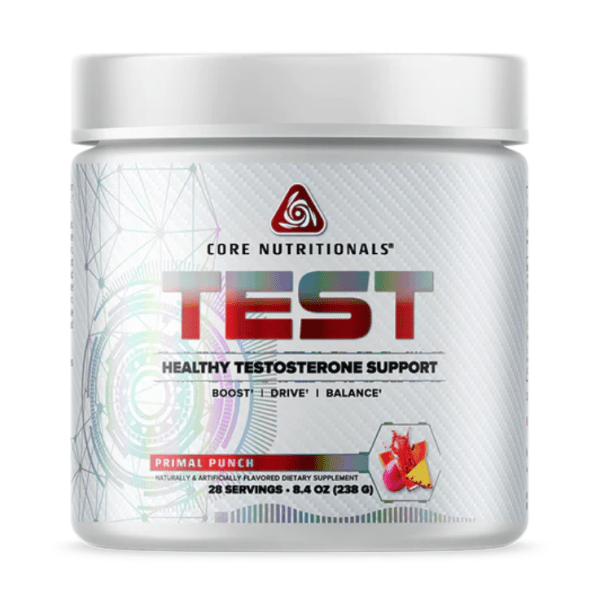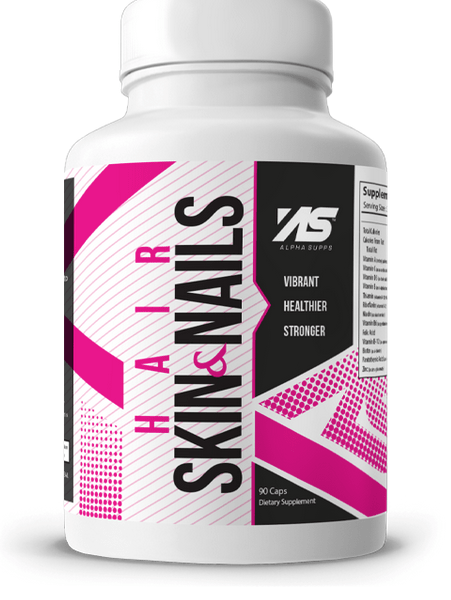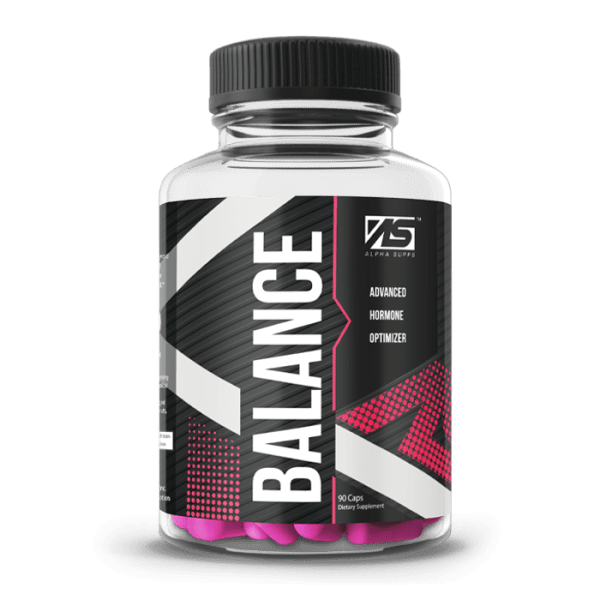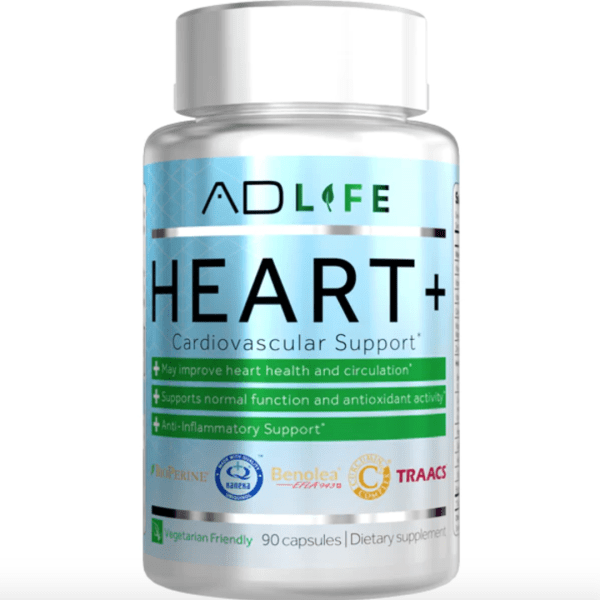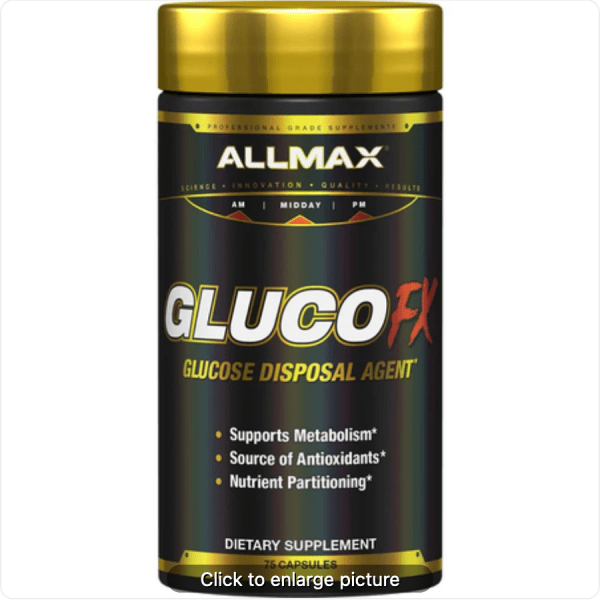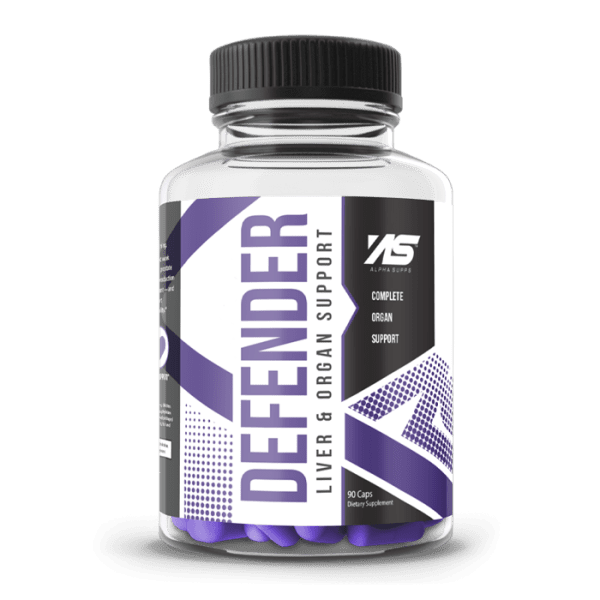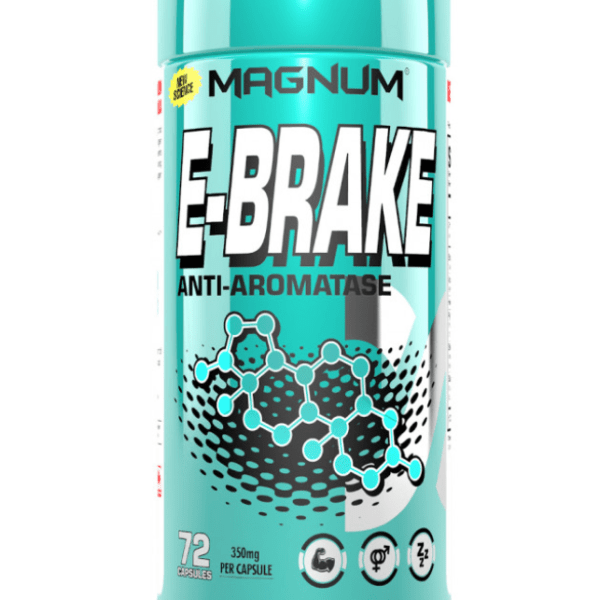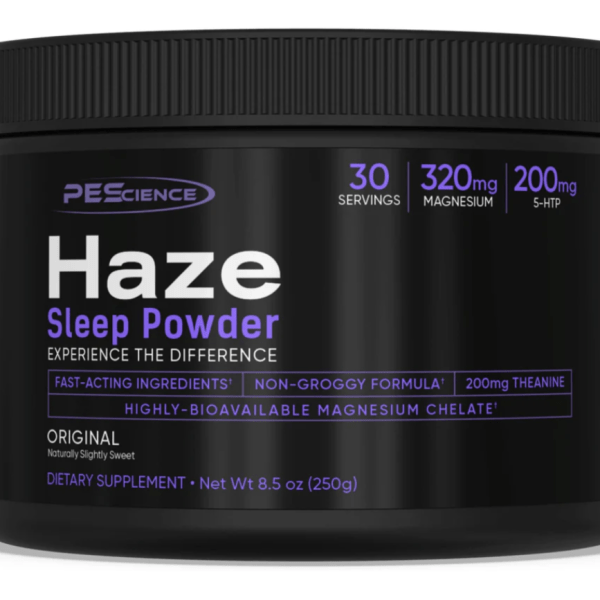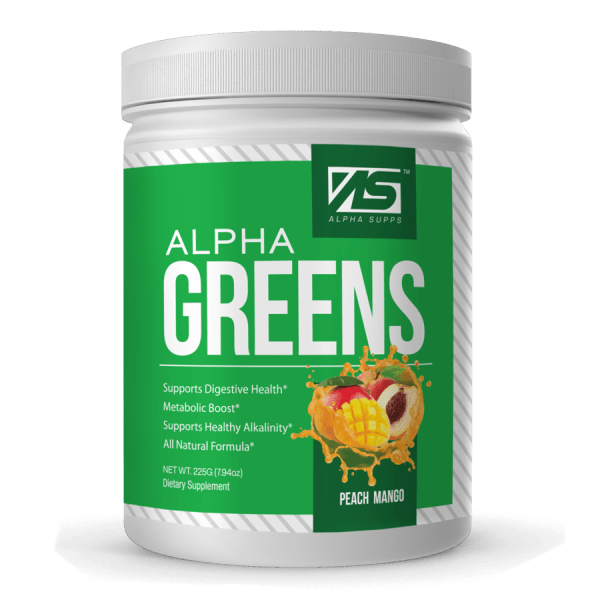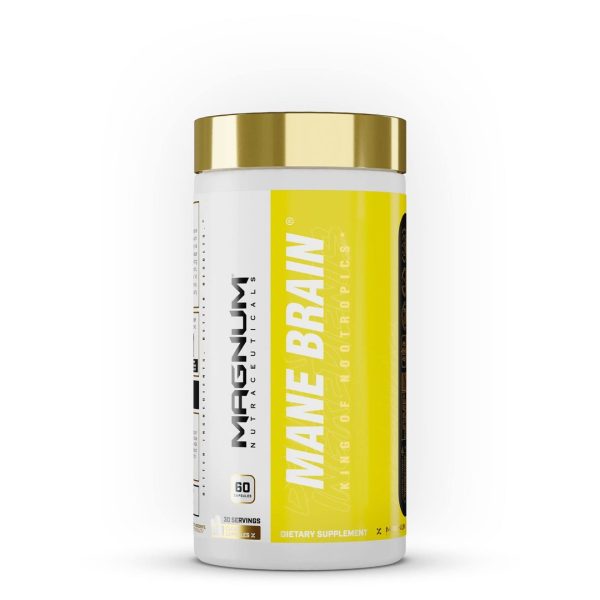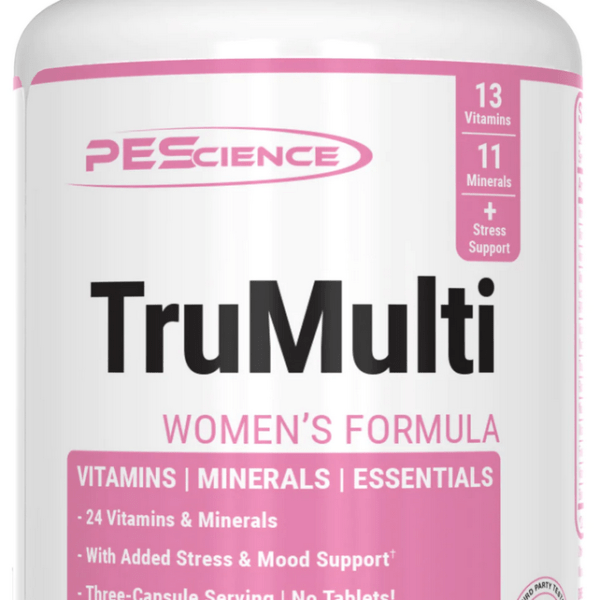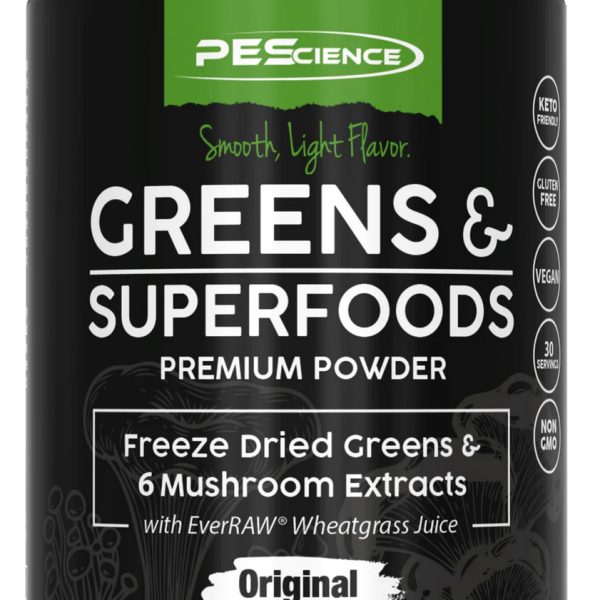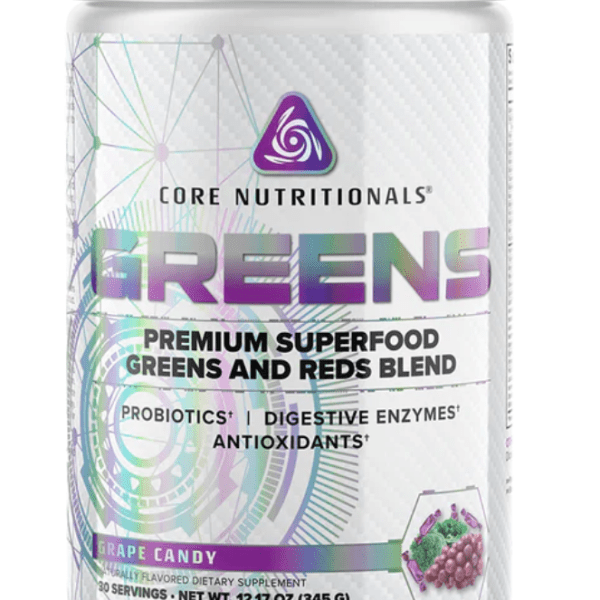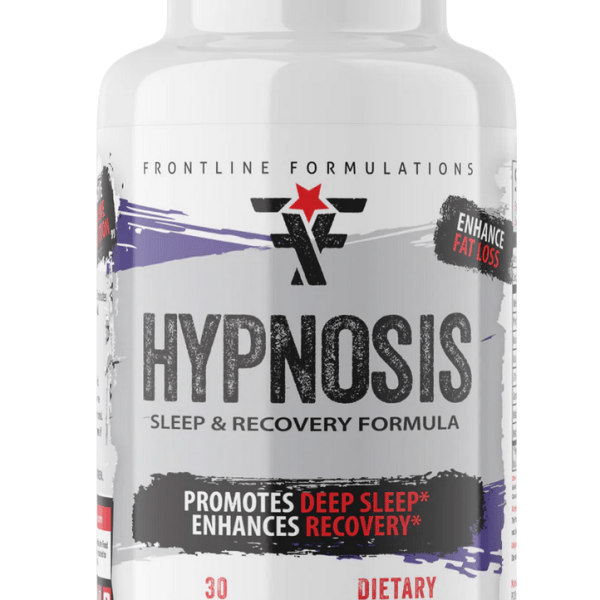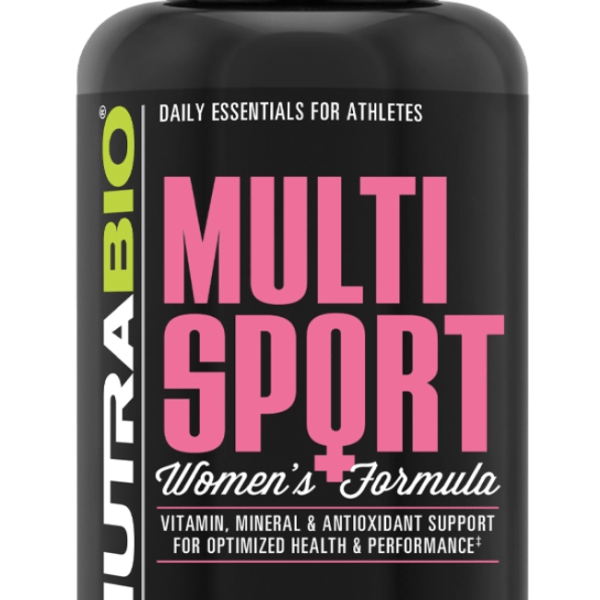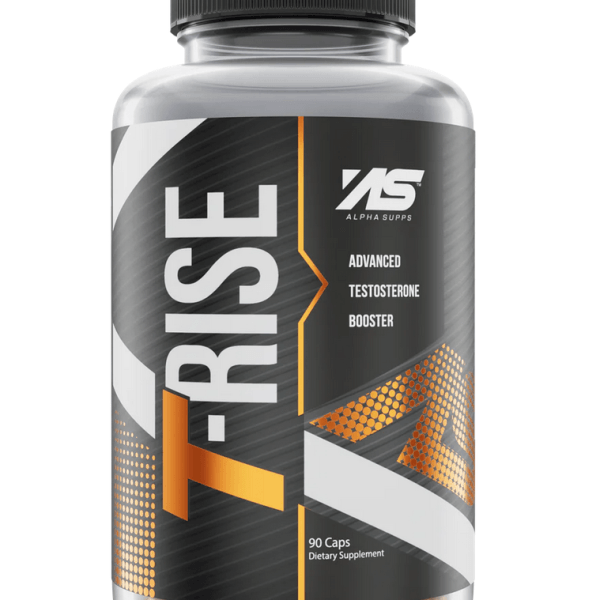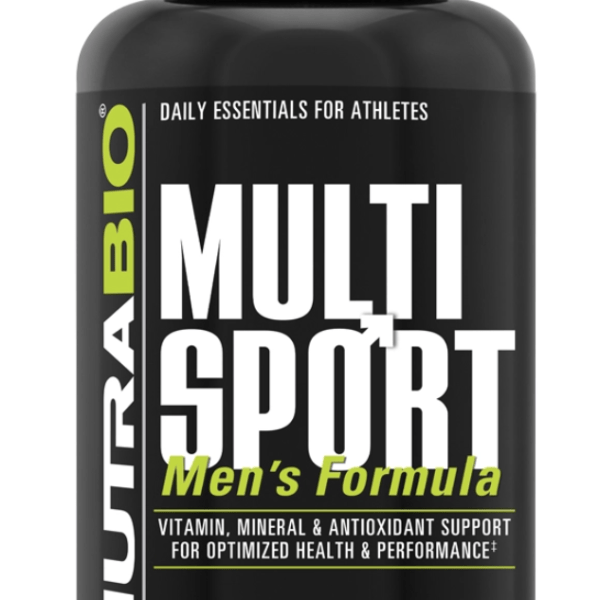-
×
 Alpha Supps GDA
1 × $45.99
Alpha Supps GDA
1 × $45.99
Key Ingredients / Additional Info
Physiological Properties and Effects:
Phosphatidylserine (50%)
Phosphatidylserine, colloquially known as PS, is a nearly ubiquitous phospholipid found in various membranous tissues throughout the body. PS’s ubiquity coincides with its necessity for crucial physiological functions, as the phospholipid is implicated in several components of cell communication, as well as the mediation of catecholamine synthesis and transmission in the brain (along with other neuroendocrine functions). In a fitness-related context, a nascent but growing body of methodologically-sound research suggests that PS may play a role in increasing exercise capacity.
Studies administering the compound in both acute and chronic fashion suggest that PS has a measurable effect on exercise capacity. In a double-blind, placebo-controlled, randomized trial involving 16 trained athletes, phosphatidylserine was administered for 10 days prior to an acute exercise challenge. Exercise markers such as exercise time to exhaustion, sprint performance, and ratings of perceived exertion, were measured post-exercise. The authors found that exercise time to exhaustion was significantly altered. Related studies using similar serving sizes have found that chronic PS administration increased shot accuracy in golfers, increased exercise time to exhaustion by 28% in cyclists, and reduced subjective feelings of stress and soreness in others.
Overall, phosphatidylserine appears to play a valuable role in the increase in exercise capacity. PS may therefore play a critical role in the continued exercise success of bodybuilders in a, “cutting” or recomposition stage.
KSM-66® Full-spectrum Ashwagandha root extract (5% Withanolides)
Withania somnifera Dunal, colloquially known as Winter Cherry or Indian Ginseng, is an herb that features prominently in the traditional Indian medicinal system of Ayurveda. Known as Ashwagandha in Ayurveda, Withania somnifera is a critical ingredient in various Ayurvedic tonics and tinctures prepared as a traditional remedy for the treatment of various ailments.
Recently identified as a potent adaptogenic and target for therapeutic applications, Ashwaghanda has been the subject of numerous animal, pre-clinical, and clinical trials designed to examine its potential effects as an antioxidant, anti-carcinogenic, anxiolytic, antibacterial, antifungal, and immonumodulating compound. Ashwaghanda’s broad therapeutic potential is hypothesized to be the result of its robust phytochemical profile, including a wide swath of alkaloids, sitoindosides, and the highly biologically active withanolide group. As the principally biologically active compounds within Ashwaghanda, withanolides such as withanone, withaferine A, withanolides A, D, and G have been identified, isolated, and extensively studied in the various applications noted above.
In recognition of the potential physiological benefits of withanolides, Core Nutritionals selected KSM-66® to include in its HARD formula. KSM-66® is a full-spectrum Ashwaghanda extract, standardized for 5% withanolides – meaning that KSM-66® not only includes the full range of biologically active compounds within Ashwaghanda, but also that it contains the highest currently available concentration of the principally active withanolides (5%).
The high concentrations of withanolides within KSM-66® has resulted in encouraging results in a number of human, clinical trials – particularly considering many of these trials were conducted using the methodological gold standard of randomization, double-blind delivery, and placebo control. Amongst the most impressive results contained in these trials:
- A 27.9% reduction in serum cortisol levels, measured over 60 days in a trial featuring 64 chronically stressed adults.
- Statistically significant increases to endurance and stamina, as measured by VO2 max, in a clinical trial featuring 50 healthy, exercise-trained adults.
- Increased measures of well-being as reported by self-assessment scales, included in both the clinical trials mentioned above.
- Statistically significant increases in serum testosterone levels in a clinical trial featuring 68 infertile men.
Though each of these results is impressive, perhaps the most significant is the 27.9% reduction in cortisol seen in the 60 day trial. As detailed above, cortisol possesses a multitude of potentially degradative physiological effects, including: inhibiting glucose uptake, causing a constriction of the vasculature (vasoconstriction), the breakdown of glycogen, and inarguably the result most would desire to avoid, proteolysis (the breakdown of muscle tissue).
To put it the simplest way possible, cortisol’s chief functions involve either turning on, or shutting off, the very things we as fitness enthusiasts want to avoid or turn on, respectively!
Cocoabuterol®
Cocoabuterol®, made up of the bioactive compounds found in cocoa, has been shown through studies and application to have beneficial factors on fat loss, muscle building, and insulin sensitivity. This caffeine free ingredient exhibits a mechanism of action in the body to increase cAMP (cyclic adenosine monophosphate) levels, which acts as a second messenger and regulator of many movements exhibited by all three types of cells in the human body. In this context, fat (adipose) tissue epinephrine utilizes cAMP to increase to triglyceride hydrolysis and cardiac (heart) muscle epinephrine utilizes it to increase contraction rate. This action can have positive benefits on body composition and performance.
Theobromine, one of the main methylxanthine compounds found in cocoa is primarily effective in the increase of nitric oxide to in the blood stream, which is beneficial to produce the “pump” when ingested pre-workout. Another reaction that can be seen with theobromine is dilation of blood vessels. This can increase blood flow during vigorous exercise leading to increased time to exhaustion but also can pose benefits to individuals who suffer from high blood pressure. Theobromine also has a very high bioavailability and ability to stay in the body for extended periods of time (7-8 hours). Several studies have also looked at the effects of theobromine on human subjects and results have shown its ability to reduce oxidative stress on cells and regulation of gene expression.
Cocoabuterol® has also been shown to have positive benefits on reducing oxidative stress in the body. Due to its rich antioxidant properties, it has the ability to fight off free radicals that can be detrimental. In addition to this, the polyphenols that Cocoabuterol® contains have been shown to reduce inflammatory signals within the body that can also be detrimental biomarkers.
By now you have read some of the amazing benefits of Cocoabuterol® and why we have included in this recomposition agent. When your goal is maintaining muscle mass, shedding body fat, reducing overall stress, and performing at your peak, we make sure you are equipped with the right ingredients, in the right dosages, and for the right purpose. In summary, Cocoabuterol® does all of these things by:
- Increasing power output due to elevated NO production via theobromine effects.
- Increasing adipose usage through cAMP action in the body.
- Improving senses of well-being due to high levels of polyphenols and antioxidants reducing overall stress on the body from workouts and life events.
3,3′-Diindolylmethane (DIM)
What we typically refer to as “Estrogen,” is in fact a group of three biologically distinct hormones – estradiol (E2), estrone (E1), and estriol (E3), each possessing different activities in different cell, tissue, and receptor types. When experts refer to either the benefits or downfalls of “estrogen,” they really mean to (but probably cannot) identify a specific estrogen.
These specific estrogens, in turn, metabolize into even more specific estrogen sub-compounds, such as the 2-hydroxyestrogens (2-OHE’s), 2-methoxyestrogens, 16a-hydroxyestrone (16-OHE1), and 4-hydroxyestrogens (4-OHE’s). As their parent estrogens, these estrogen metabolites exert different effects depending upon the tissue and cell one is examining. In fact, two estrogen metabolites in particular, 16-OHE1 and 2-OHE, have such contrasting cellular activities that 2-OHE is an estrogen antagonist. Yes, that is correct: there is an anti-estrogen, estrogen.
In recent years, so-called “phytonutrients” have become the focus of clinical research, as these natural compounds have shown the ability to increase the ratio of good, estrogen decreasing estrogens (such as 2-OHE), to bad, estrogen increasing estrogens (such as 16-OHE1). One of these phytonutrients, a dietary indole known as indole-3-carbinol (I3C), is the bioactive phytochemical and a presumed modulator of reduced cancer risk in areas with high cruciferous vegetable consumption. Unfortunately, despite its potent antiestrogenic activity, I3C is highly molecularly unstable, and therefore unsuitable for use as a therapeutic agent or dietary supplement.
Luckily, however, I3C readily metabolizes into the secondary indole 3,3’ diindolylmethane, or DIM for short. When used in a supplemental fashion in clinical trials, DIM appears to possess all the positive effects of its parent compound with respect to antiestrogenic action – promoting the metabolism of beneficial estrogens that themselves reduce estrogenic activity.
Aside from its healthy-estrogen promoting abilities, DIM also exerts its own direct physiological effects, including:
- Promoting pathways of internal estrogen metabolism that favour the production of anti-estrogen estrogens.
- Adjusting the activity of certain cytochrome enzymes, reducing the activity at the estrogen receptor site.
- Limit the cell division and growth of certain estrogens.
Despite the bodybuilding community’s single-minded crusade to eliminate estrogen wherever it lie in wait, compounds such as DIM show us that estrogen is a very diverse set of compounds – and that we should actively pursue increasing certain estrogens that have beneficial, and ironically, anti-estrogenic effects
L-Theanine
Though the literature surrounding L-theanine is still emerging, the amino acid is slowly building a reputation as one of the most interesting and exciting compounds being targeted for therapeutic use. L-theanine is an amino acid found almost exclusively in tea, constituting approximately 1-2% of the dry weight of tea – resulting in a 25–60 mg theanine load per 200 ml serving of liquid tea.
First identified in green tea and in the mushroom Xerocomus badius, L-theanine readily crosses the blood-brain barrier in a dose-dependent manner, and it is thought to influence the central nervous system (CNS) through a variety of mechanisms, including:
- Increasing the release and concentration of dopamine.
- Inhibiting glutamate reuptake and blockade of glutamate receptors in the hippocampus.
- Increasing gamma-aminobutyric acid (GABA – a neurotransmitter associated with the regulation of responses) concentrations.
- Increasing levels of serotonin.
In addition to these more well-demonstrated effects, emerging electroencephalography trials on theanine suggest that the amino acid may exert a positive effect on alpha waves – a type of brain wave implicated in restful relaxation. Alpha activity has also been associated with increased creativity, increased performance under stress, and improved learning and concentration, as well as decreased anxiety.
Related products
General Health
$47.99
General Health
$29.99
General Health
$49.50
General Health
$44.49
General Health
$27.99
General Health
$45.99
General Health
$37.99
General Health
$56.99
General Health
$29.99
General Health
$34.99
General Health
$45.99
General Health
$29.99
General Health
$39.99
General Health
$47.99
General Health
$47.99
General Health
$41.99
General Health
$52.99
General Health
$24.99
General Health
$29.99
General Health
$49.99
General Health
$54.99
General Health
$38.50
General Health
$31.99
General Health
$55.99
General Health
$31.99

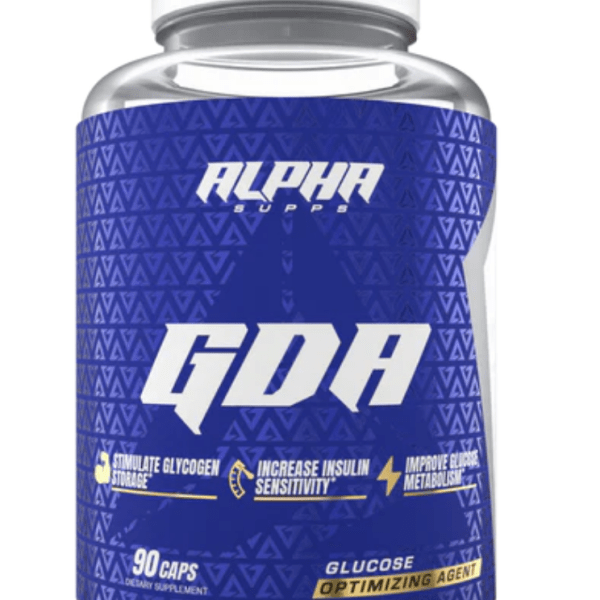 Alpha Supps GDA
Alpha Supps GDA 